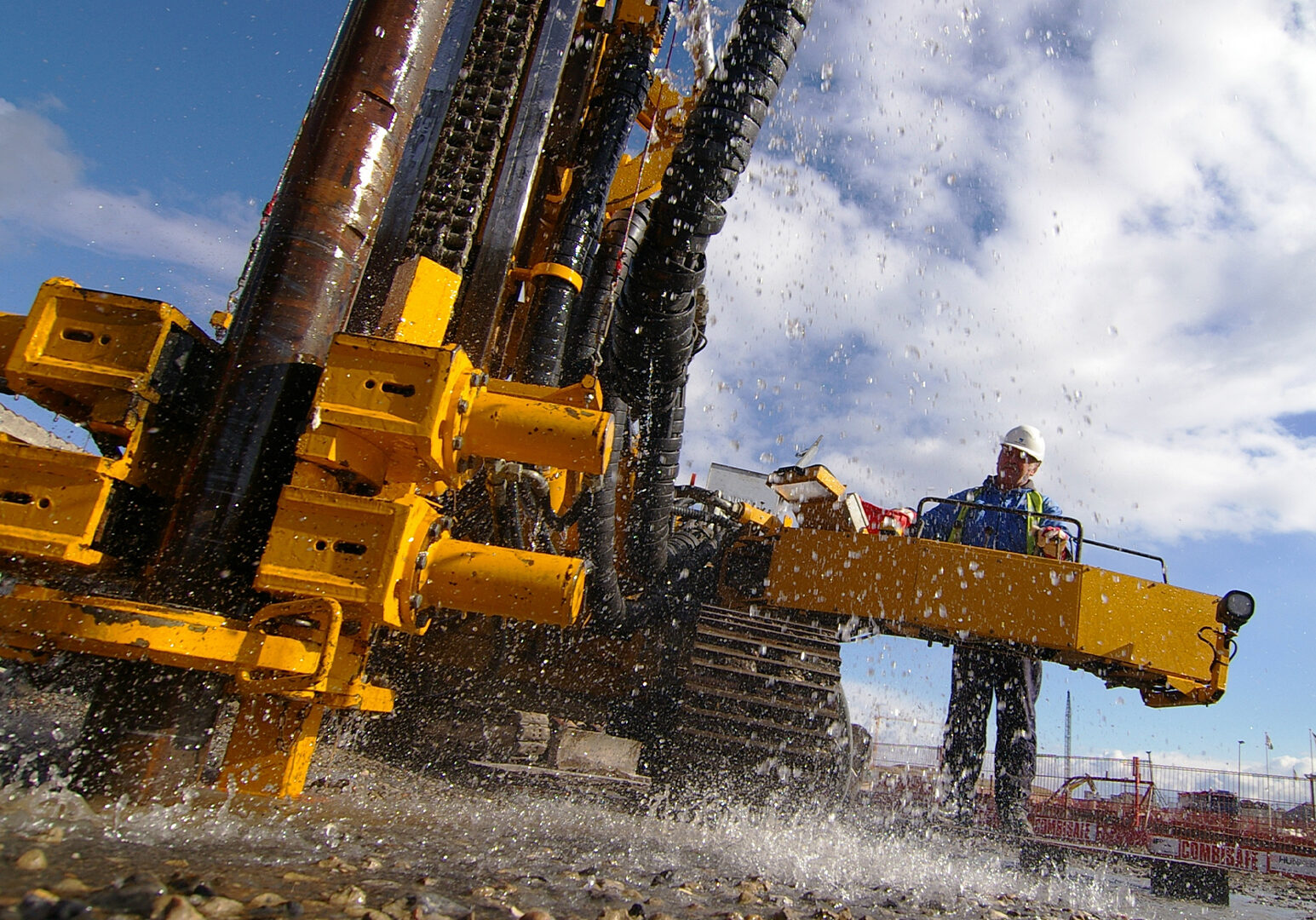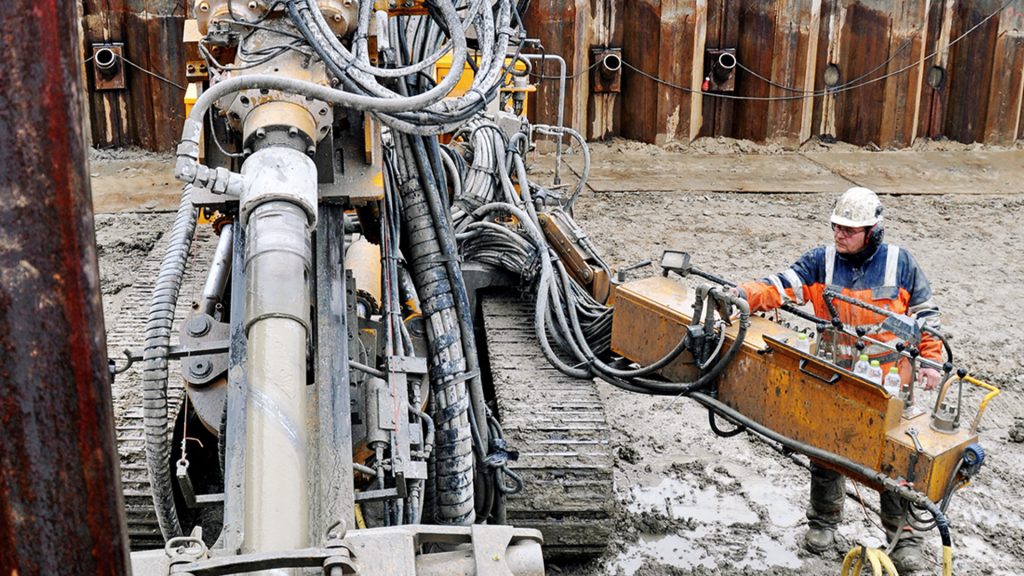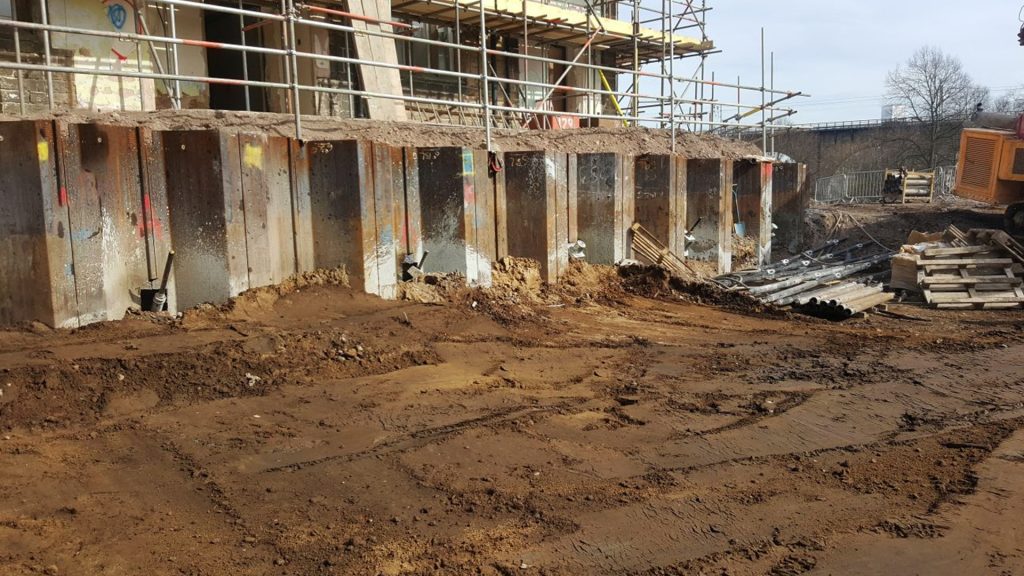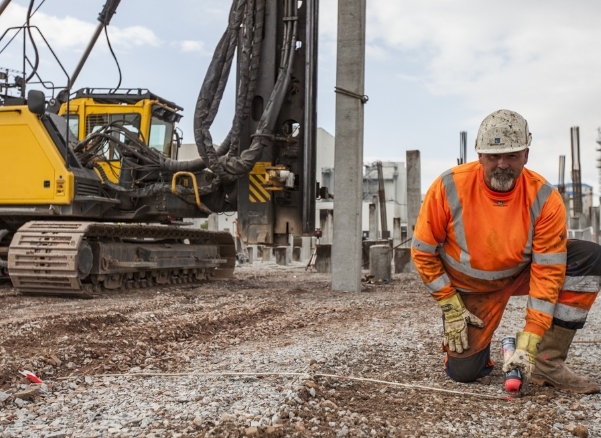Ground Anchors: Delivering Stability and Strength

Does your next project require a form of slope stabilisation? Does an existing retaining structure within your site need to be reinforced? Aarsleff Ground Engineering are experts in the design and delivery of earth retention schemes involving ground anchors across the UK. Our value-added approach works to save you time, budget, and associated emissions with our in-house design team concentrated on value-engineering. We’re experts in the development of ground anchor solutions and we’ve broken down seven of your most asked questions about this geotechnical solution below.
What is a ground anchor?
Ground anchors, sometimes known as earth anchors, are versatile devices used to hold, restrain and support buildings, engineered slopes and other structures. They can be installed for a permanent solution, or to work temporarily. They come in a wide range of sizes and capacities, up to 70 m in length.
How much weight can a ground anchor hold?
A traditional ground anchor has a capacity of more than 3,000 kN. They can be lightweight or heavy duty, depending on your sites needs. Depending on size and ground conditions, they can be installed from ground level using portable equipment or bespoke drilling equipment for more heavy duty solutions.
What is the use of a ground anchor?
The primary purpose of geotechnical ground anchors is to prevent horizontal movement and stabilise existing retaining walls or bridge abutments. Other applications could be:
- in cofferdams where internal bracing causes construction problems
- in dock walls and marine structures where dock walls need to be stabilised and strengthened
- on river and canal walls as tiebacks
How do you install a ground anchor?
Installing ground anchors involves ten steps:
- Ensure the design is effective and efficient – Aarsleff’s value-engineering focused in-house design team ensure every detail is covered from the type of anchors to be used to where they should be installed
- Set up the drill rig and drill into the slope to the required hole size and depth
- Inject grout
- Insert threaded bar with sleeve
- Apply plate
- Once the grout has hardened, apply load to the end of the anchor and try to pull it out. This will verify that the ground anchor is installed correctly, and it will do what it’s supposed to do
- Drainage strips
- Install temporary facing
- Install toe drain
- Install final facing


Can ground anchors be removed?
Yes – ground anchors are a versatile geotechnical solution which can be used in either permanent or temporary solutions.
How far apart should ground anchors be?
Typically, ground anchors are installed at 1 – 1.5m intervals though this is also dependent on ground conditions and the types of anchors used. A general rule of thumb is they should be placed at a minimum of 5 times the anchor’s width to prevent load interference. Aarsleff’s design team will design and verify the proposed lay out of the anchors to ensure it is both as safe and efficient as possible.
What is the difference between a soil nail and a ground anchor?
Ground anchors and soil nails are both geotechnical solutions used in structural support and slope stabilisation. The difference between the two techniques is generally to do with tension. Ground anchors are pre-tensioned when they are installed and are not grouted along their entire length, which soil nails are. Soil nails are forced into tension after excavation as the ground deforms laterally.
For this reason, ground anchors are more often chosen to reinforce existing retaining structures, in rock walls, and marine settings. Contrastingly, soil nails are more often utilised in landslip remediation or roadside environments.
What are the advantages of ground anchors?
- Ground anchors are a practical alternative to propping
- They are a versatile form of earth retention
- High loads can be obtained in relatively poor ground conditions
- Driven anchors can be used in a variety of soil conditions
- Used to install ‘active’ forces into structures
- Enhanced durability including resistance to corrosion and resistance to alkalis and solutions in soils increase their life and greatly reduce the need for maintenance, thereby decreasing life-cycle costs
Conclusion
Ground anchors are a versatile geotechnical solution, perfect for slope stabilisation and earth retention projects. Aarsleff’s commitment to delivering operational excellence in ground engineering means we are laser focused on creating value within your scheme. Contact us today to discuss your next project.
The Latest. News, podcasts & projects







